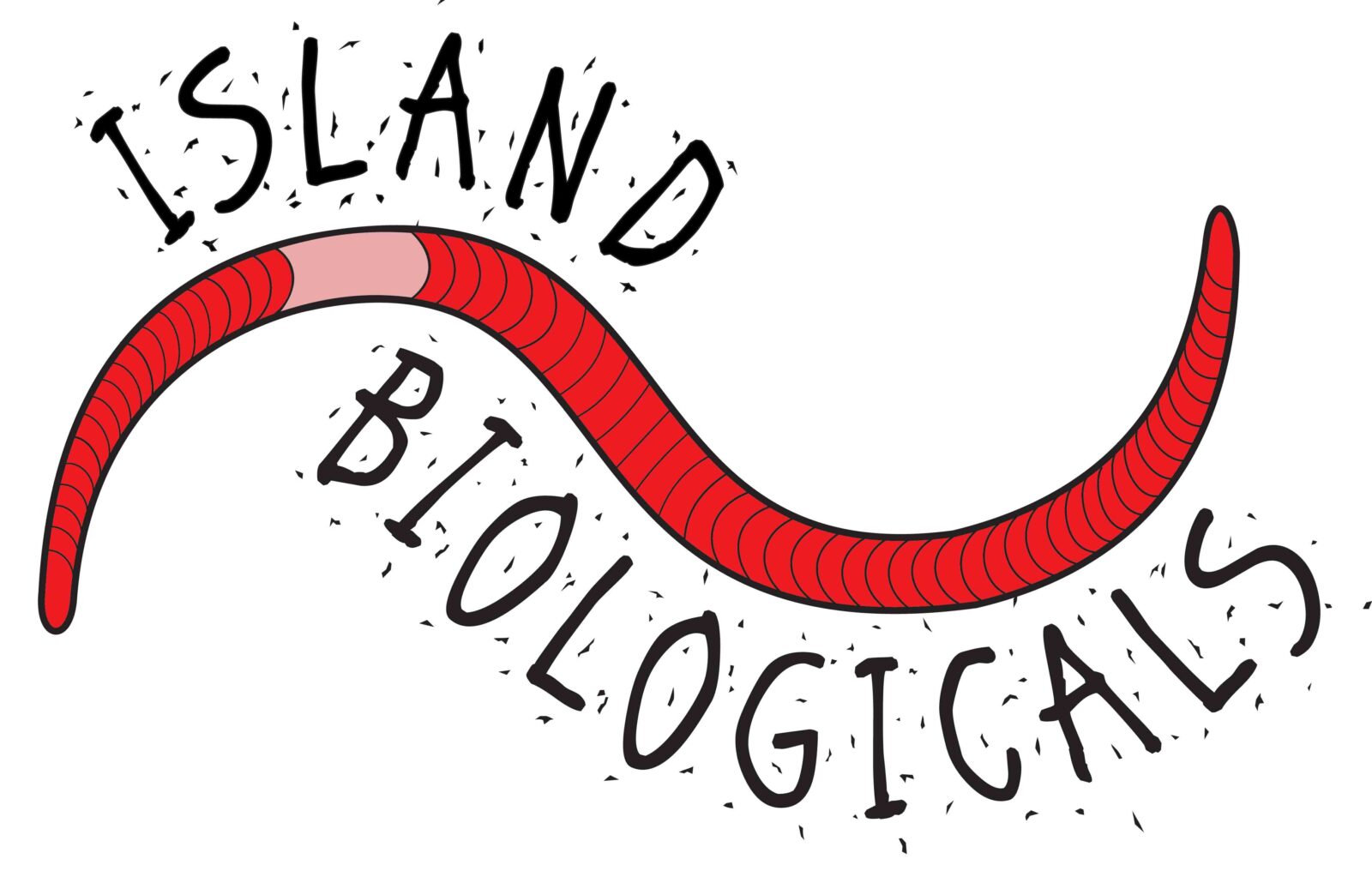Lee caught up with special guest David Hardwick, argoecologist from Soil Land Food to discuss the different types of farming inputs on the market today. David demystefies inputs by breaking them into four categories: Fertilisers, soil amendments, biostimulants, and inoculants.
Watch the video to see it all explained, or see the summary in the text below.
The four types of input
As David Hardwick explains it, the key to understanding inputs is to think of plant and soil ecology – what are the needs of the plant and soil, and what is the function of the input? He highlights that when it comes to plant nutrition, there are two sides of the coin: how many nutrients are in the soil, and how readily the plant has access to those minerals, or how readily nutrients cycle in the soil. There is also the factor of the condition of the soil, and whether it provides a supportive environment for plant growth.
Fertilisers
Fertilisers are something that adds nutrients to soil or plants. They can be:
- Soluble, e.g. urea, MAP, super. These tend to be inorganic.
- Mineral, slow release, e.g. potash, rock phosphate.
- Biofertiliser, which come stabilised with carbon. These are more suitable for soil microbes, and less prone to leaching or volatilisation.
Soil amendments
Soil amendments are used to overcome physical or chemical constraints of soil, such as poor pH, acidity and poor structure. They are often things we would apply at high volumes but low frequency and include things such as lime, gypsum and compost.
Biostimulants
Biostimulants stimulate biological activity in existing plants and/ or microbes. They can have diverse functions, such as hormones stimulating root growth, feeding bacteria and fungi, and enhancing gene expression in plants. They include humates, protein hydrolysates, molasses, seaweed extracts, and Biocast.
Biological inoculants
A biological inoculant is a living thing you add to the soil, seed or plant. These are for improving the biological community to improve nutrient cycling and to provide a more optimum growing environment for the plant. They include rhizobia, compost tea, Biocast, VAM, dung beetles and worms!
Where does Biocast fit?
We market Biocast as a ‘liquid vermicast biostimulant’, yet in the video we talk about it as an inoculant! The truth is that the lines are blurry, some products can sit across categories, and that is the case with Biocast. Biocast contains living microbes, enabling it to be used as an inoculant. It also contains the byproducts of worm and microbe activity, such as growth-stimulating hormones, enzymes, autoinducers and fulvic acid; making it an excellent biostimulant too! There are many products which fit into multiple categories. For example, hydrolysates are biostimulants, but they also make great nitrogen fertilisers. The key will be thinking about these inputs as potential tools to support your plant and its biological community for your desired outcome – none of them are silver bullets.
If you’d like to learn more about Biocast and its applications, have a look here.
If you’d like to purchase Biocast, it is available in 5 L and 25 L bottles via our online shop, and in larger custom orders by contacting us directly.
